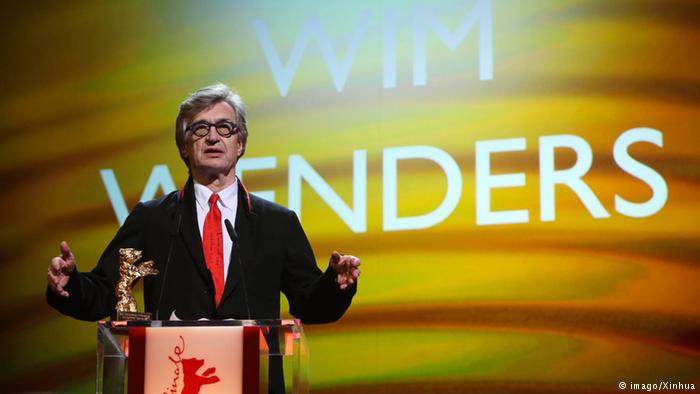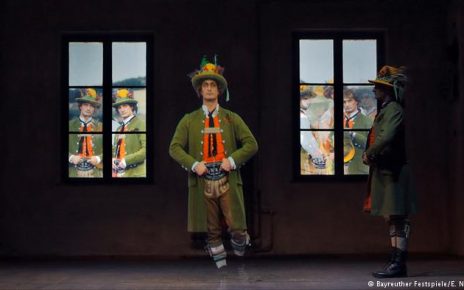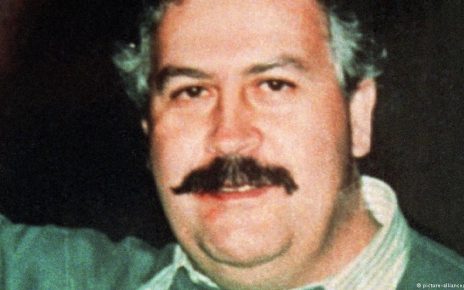“The Polaroids helped with making the movies, but they were not an aim in themselves. They were disposable,” said Wim Wenders, who owned a Polaroid camera even before it was a consumer article.
Over the years, he took about 12,000 snapshots — giving most of them away.
When he dug out the ones he’d saved, Wenders remarked, “‘Wow! Where did this all come from?’ I had forgotten about so much of it. I realized I had been taking pictures like a maniac.”
Since last year, the prize-winning filmmaker and author has revealed a selection of his Polaroids in the exhibition “Wim Wenders: Instant Stories,” which has been shown in the US and the UK.
The exhibition makes its first and only stop in Germany, at the C/O Berlin museum, from July 7 until September 23. Along with the some 240 Polaroids on show, the exhibition presents excerpts of films in which Wenders used the medium of instant photography as part of the narrative.
Wenders und Polaroids: a common past
The filmmaker acquired a prototype camera from the then new Polaroid Company and used it in his 1974 film, Alice in the Cities, about a man who loses his job over his passion for taking snapshots. The photos seen in the film have Wenders’ trademark poetic touch, almost as though he perceived that they would one day have a timeless value.
Wenders captured moments on film sets, urban and rural landscapes, pictures of celebrities like Dennis Hopper as well as historic moments like the death of John Lennon.
“I was learning the craft of filmmaking in those years, and Polaroids were the perfect complementary tool: as a visual notebook, a quick way of ‘framing’ the world, a verification of my interest in people, places, objects, or simply as a way to remember things.”
No more photography
The filmmaker stopped taking Polaroids 30 years ago. Although his repeated shots of everyday objects such as food seem to presage the Instagram age, he feels that photography itself has changed forever. “The image for me was always linked to the idea of uniqueness, to a frame and to composition. You produced something that was, in itself, a singular moment. As such, it had a certain sacredness. That whole notion is gone,” he says.
“I really don’t know why we stick to the word photography any more. There should be a different term, but nobody cared about finding it.”
Click on the gallery above for samples from the exhibition “Wim Wenders: Instant Stories.”







